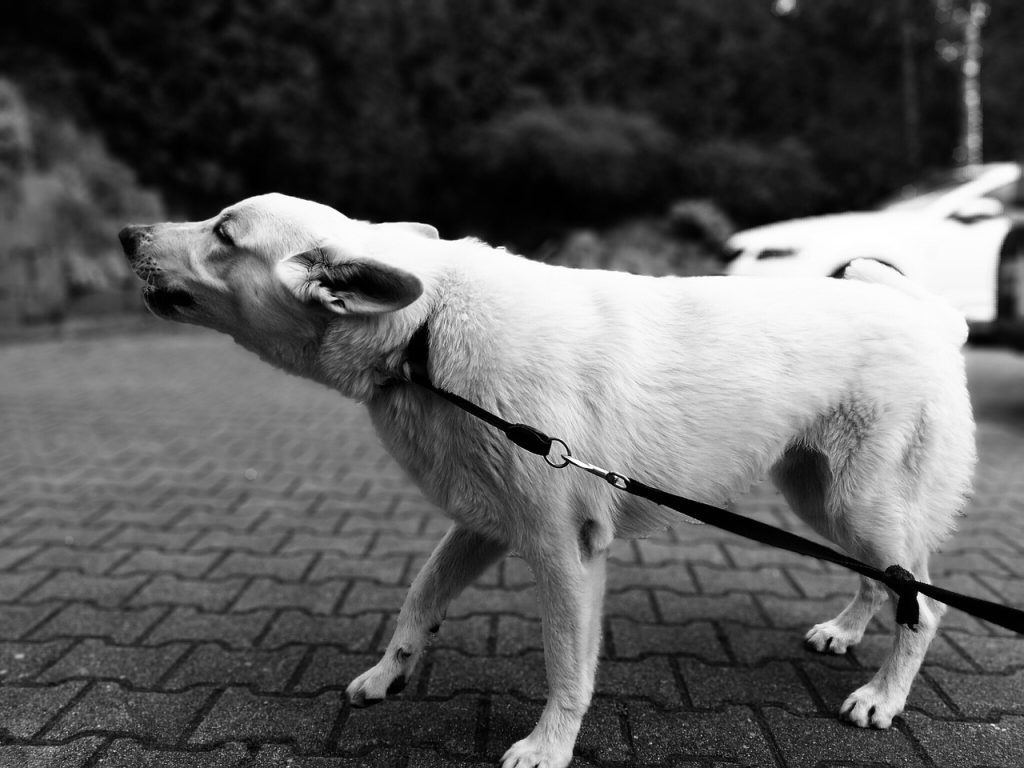

Walking a reactive dog can be a challenging experience, but with the right training and techniques, it can become a peaceful and enjoyable activity for both you and your furry friend. In this blog post, we’ll provide you with some helpful tips and advice for walking a reactive dog.
What’s a Reactive Dog?
Firstly, it’s important to understand what we mean by “reactive.” Reactive dogs are those that react strongly to certain stimuli, such as other dogs, people, or vehicles. They may bark, growl, lunge, or pull on the leash, and can be difficult to control in certain situations. Reactive behaviour can be caused by a range of factors, such as a lack of socialisation, fear or anxiety, or previous negative experiences.
How to Train a Reactive Dog
The first step in training a reactive dog is to identify their triggers. This means paying attention to their body language and behaviour on walks, and noting what seems to set them off. For some dogs, it may be other dogs or people, while for others it may be certain noises or smells. Once you’ve identified their triggers, you can start to work on desensitising them to those stimuli.
One effective technique for desensitising reactive dogs is counter-conditioning. This involves changing the dog’s emotional response to a stimulus, by pairing it with something positive. For example, if your dog is reactive to other dogs, you could give them a treat every time they see another dog from a distance, before they have a chance to react negatively. Over time, your dog will start to associate the sight of other dogs with positive experiences, rather than anxiety or fear.
Another important aspect of training a reactive dog is teaching them to walk on a loose leash. A dog that is pulling on the leash is more likely to become reactive, as they feel more tension and stress. To teach your dog to walk on a loose leash, start by using a front-clip harness or head collar, which gives you more control over their movement. Use positive reinforcement techniques, such as giving treats or praise when your dog walks calmly on a loose leash, and stopping or turning around when they pull.
In addition to counter-conditioning and loose-leash training, there are other techniques that can help reduce reactive behaviour in dogs. These include desensitisation and habituation exercises, where you gradually expose your dog to their triggers in a controlled environment, such as a training class or private sessions with a behaviourist. You can also use calming aids, such as calming pheromone sprays or vests, to help your dog feel more relaxed on walks.
It’s important to remember that training a reactive dog takes time and patience. There is no quick fix or magic solution, and it may take weeks or even months to see results. Consistency is key, so try to incorporate training into your daily walks, and don’t give up if your dog has a setback or a bad day.
Keep Calm
In addition to training your dog, it’s important to also be mindful of your own behaviour on walks. Dogs are highly attuned to their owners’ emotions, so if you are feeling anxious or stressed, your dog is likely to pick up on that and become more reactive. Try to stay calm and relaxed, and use positive reinforcement techniques to encourage good behaviour.
Conclusion
Walking a reactive dog can be a challenge, but with the right training and techniques, it can become a positive and enjoyable experience for both you and your furry friend. By identifying your dog’s triggers, using counter-conditioning and loose-leash training, and incorporating other techniques such as desensitisation and habituation exercises, you can help reduce reactive behaviour and make walks a peaceful and stress-free activity for all. Remember to be patient and consistent, and always seek the advice of a professional if you are struggling with training your reactive dog.
